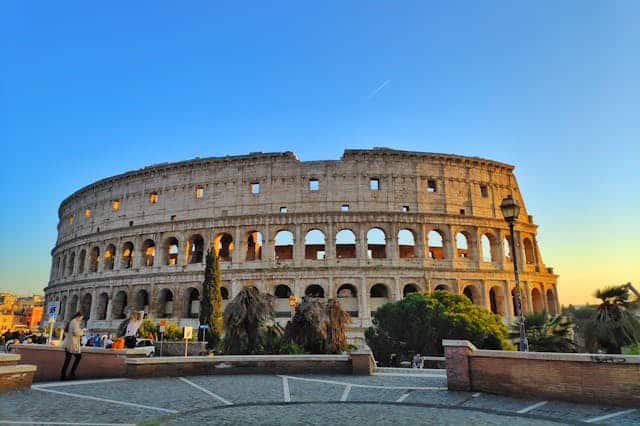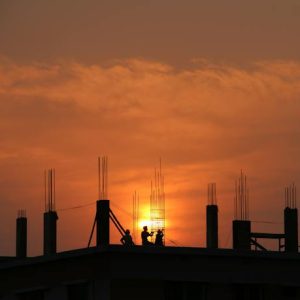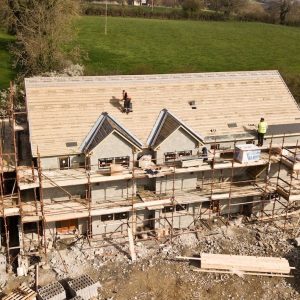Historic buildings stand as enduring testaments to our cultural heritage, each one a treasure trove of architectural significance and historical narrative.
Yet, amidst the grandeur of these venerable structures, there lurks a silent threat: mold damage. Mold growth, fueled by moisture and time, can silently undermine the integrity of these architectural marvels, posing a formidable challenge to preservation efforts.
In this guide, we embark on a journey to explore the intricate interplay between mold damage and the preservation of historic buildings.
We delve into the causes, effects, and remediation strategies associated with mold infestations, all while navigating the delicate balance between safeguarding architectural heritage and addressing the pressing need for mold mitigation.
From the cobblestone streets of old towns to the soaring spires of ancient cathedrals, join us as we unravel the complexities of preserving our past in the face of mold-related challenges.
Along the way, we’ll provide insights on how to find local mold remediation services tailored to the unique needs of historic preservation projects.
- Understanding the Risks:
- Historic buildings often have unique construction materials, such as aged wood, plaster, and masonry, which can be more susceptible to mold growth. Additionally, the lack of modern waterproofing techniques and inadequate ventilation systems may contribute to moisture retention, exacerbating mold problems.
- Preservation Principles:
- Preservation of historic buildings is guided by principles aimed at retaining original materials, features, and craftsmanship. When addressing mold damage, preservationists strive to minimize alterations to the historic fabric while implementing solutions that respect the building’s architectural integrity and authenticity.
- Assessment and Documentation:
- Thorough assessment and documentation of mold damage in historic buildings are essential for informed decision-making. Preservation experts, alongside mold remediation professionals, conduct comprehensive surveys to identify affected areas, document existing conditions, and assess the extent of damage.
- Sensitive Remediation Techniques:
- Mold remediation in historic buildings requires specialized techniques that prioritize preservation objectives. Gentle cleaning methods, such as HEPA vacuuming, dry ice blasting, and eco-friendly biocides, are employed to mitigate mold growth without causing harm to delicate surfaces or finishes.
- Moisture Management Strategies:
- Effective moisture management is critical for preventing mold recurrence in historic buildings. Preservation-focused strategies include improving ventilation, repairing roof leaks, installing gutters and downspouts, and implementing drainage solutions to divert water away from the building envelope.
- Historical Context and Cultural Significance:
- Mold remediation efforts must consider the historical context and cultural significance of the building. Preservationists work closely with historians, architects, and community stakeholders to ensure that remediation strategies respect the building’s unique heritage and contribute to its continued cultural relevance.
- Regulatory Compliance:
- Mold remediation in historic buildings must comply with applicable preservation guidelines, building codes, and environmental regulations. Preservation professionals navigate regulatory requirements while advocating for solutions that balance preservation goals with health and safety considerations.
- Community Engagement and Education:
- Engaging with the local community is essential for fostering support and understanding of mold remediation efforts in historic buildings. Public outreach initiatives, educational workshops, and interpretive displays help raise awareness about the importance of preserving architectural heritage while addressing mold-related challenges.
- Collaboration with Specialized Professionals:
- Collaboration between preservationists, mold remediation specialists, and conservation experts is key to successful outcomes in addressing mold damage in historic buildings. Leveraging interdisciplinary expertise ensures that remediation strategies are both effective and sensitive to preservation concerns.
- Local Services and Expertise:
- When seeking assistance for mold remediation in historic buildings, consider partnering with local professionals with experience in preservation and restoration, such as water damage restoration Milwaukee specialists and attic mold removal experts located nearby.
- Adaptive Reuse Considerations:
When addressing mold damage in historic buildings undergoing adaptive reuse projects, it’s essential to balance preservation goals with modern functional requirements. Mold remediation strategies should accommodate new uses while respecting the building’s original character and architectural features.
- Long-Term Monitoring and Maintenance:
After mold remediation in historic buildings, implementing a comprehensive monitoring and maintenance plan is crucial for ongoing preservation efforts. Regular inspections, moisture monitoring, and proactive maintenance activities help prevent future mold growth and ensure the continued preservation of the building’s heritage.
When seeking professional assistance for mold remediation in historic buildings, consider partnering with local experts who specialize in preservation-focused solutions. Services like find local mold remediation services and disaster restoration experts from https://www.disasterrestorationexperts.com/offer specialized expertise in addressing mold damage while prioritizing the preservation of architectural heritage. By collaborating with knowledgeable professionals and implementing tailored remediation strategies, historic buildings can be effectively safeguarded against mold-related challenges while preserving their cultural significance for generations to come.
By adopting a holistic approach that integrates preservation principles with mold remediation strategies, historic buildings can be safeguarded against mold damage while preserving their architectural heritage for future generations to enjoy. With careful planning, collaboration, and respect for the building’s history, mold-related challenges can be effectively addressed without compromising the integrity of these cherished landmarks.




